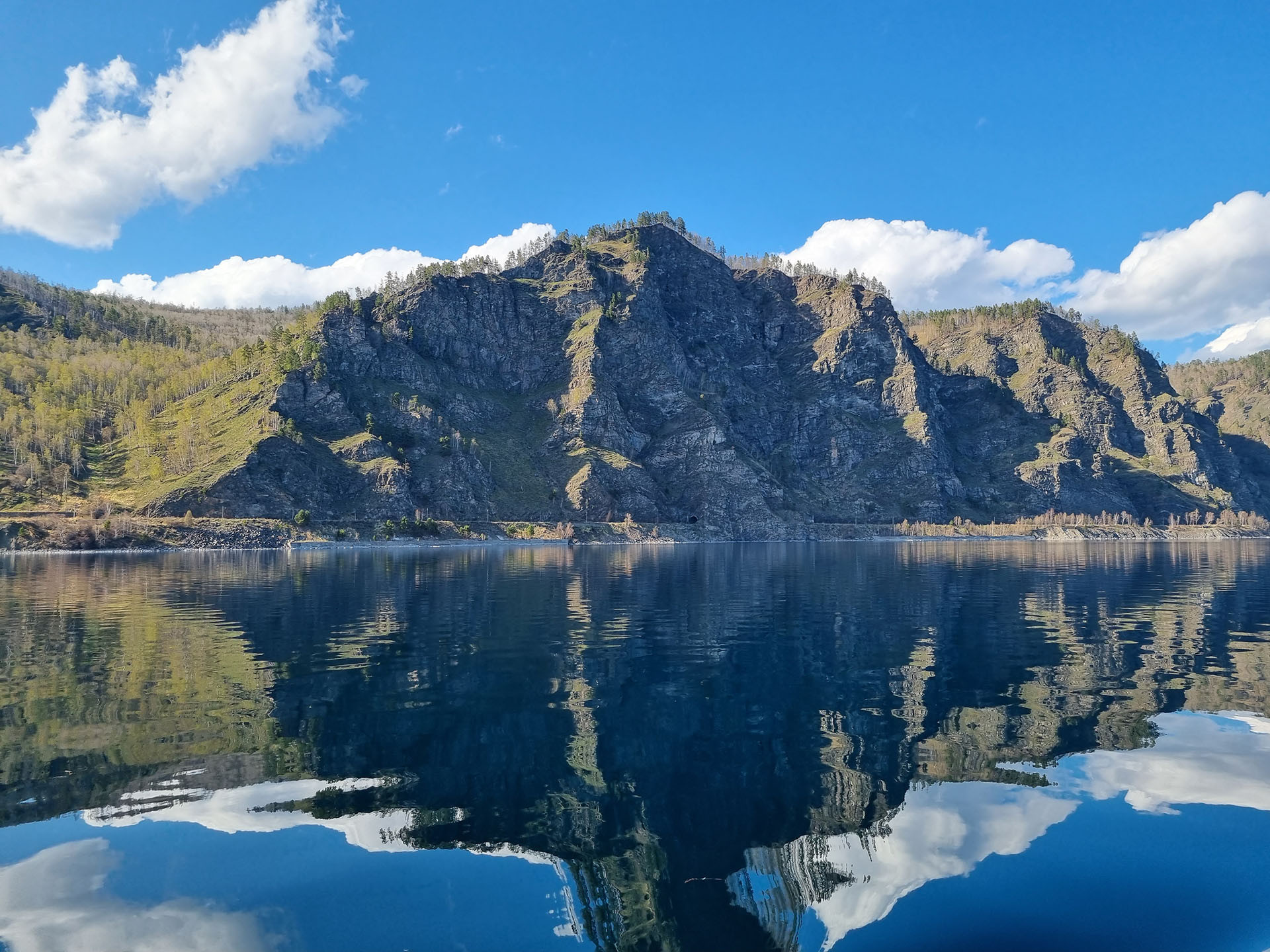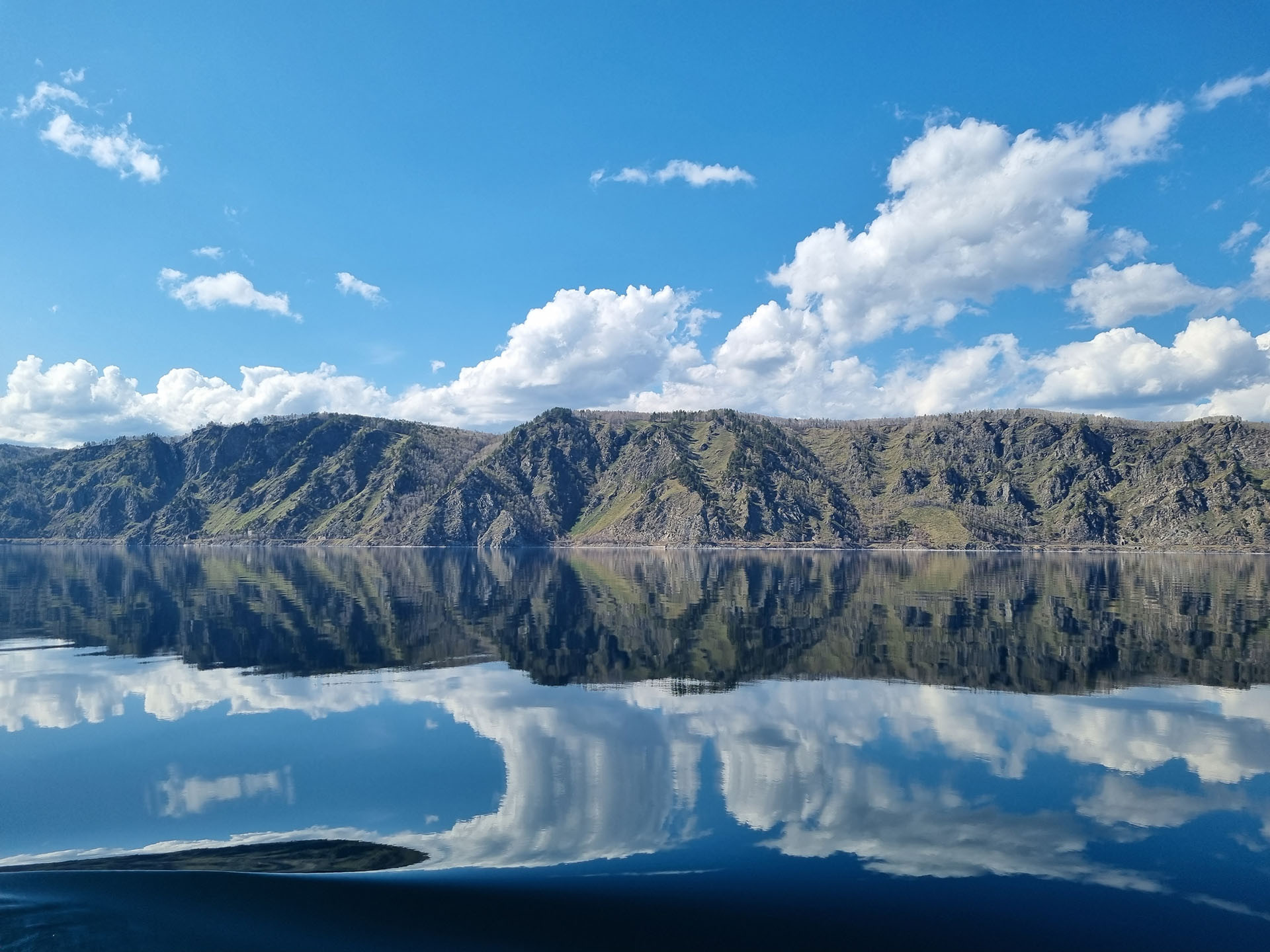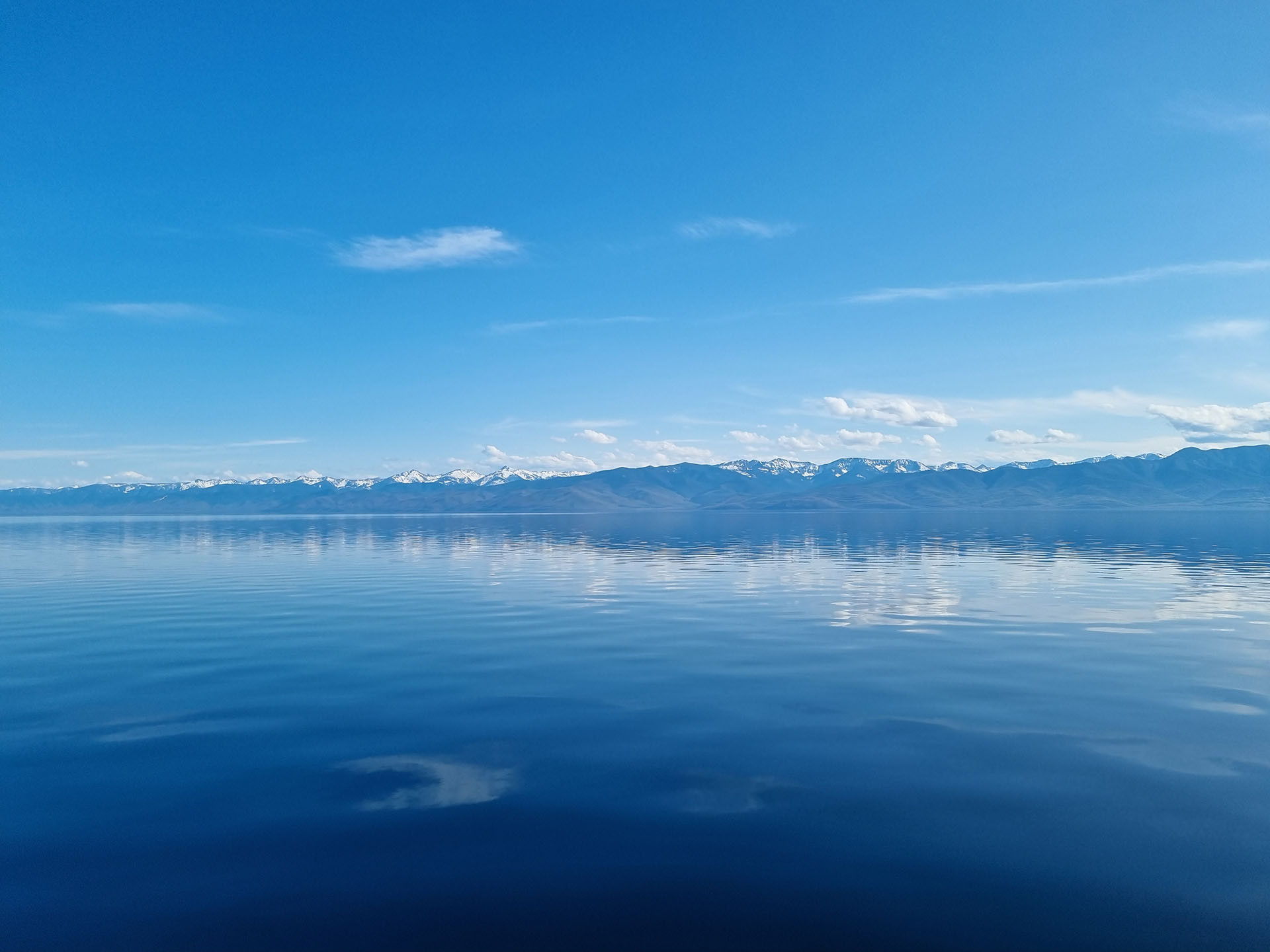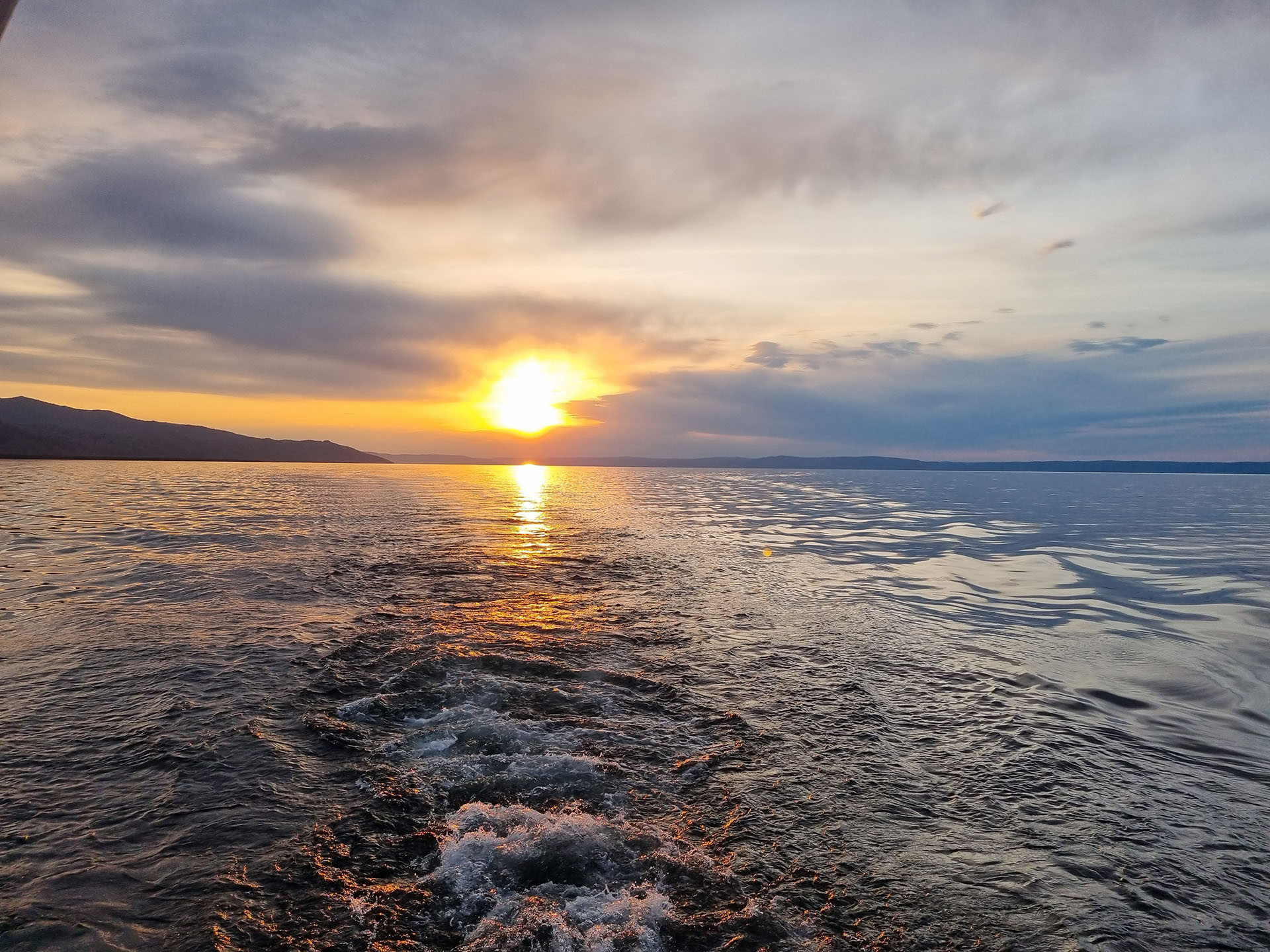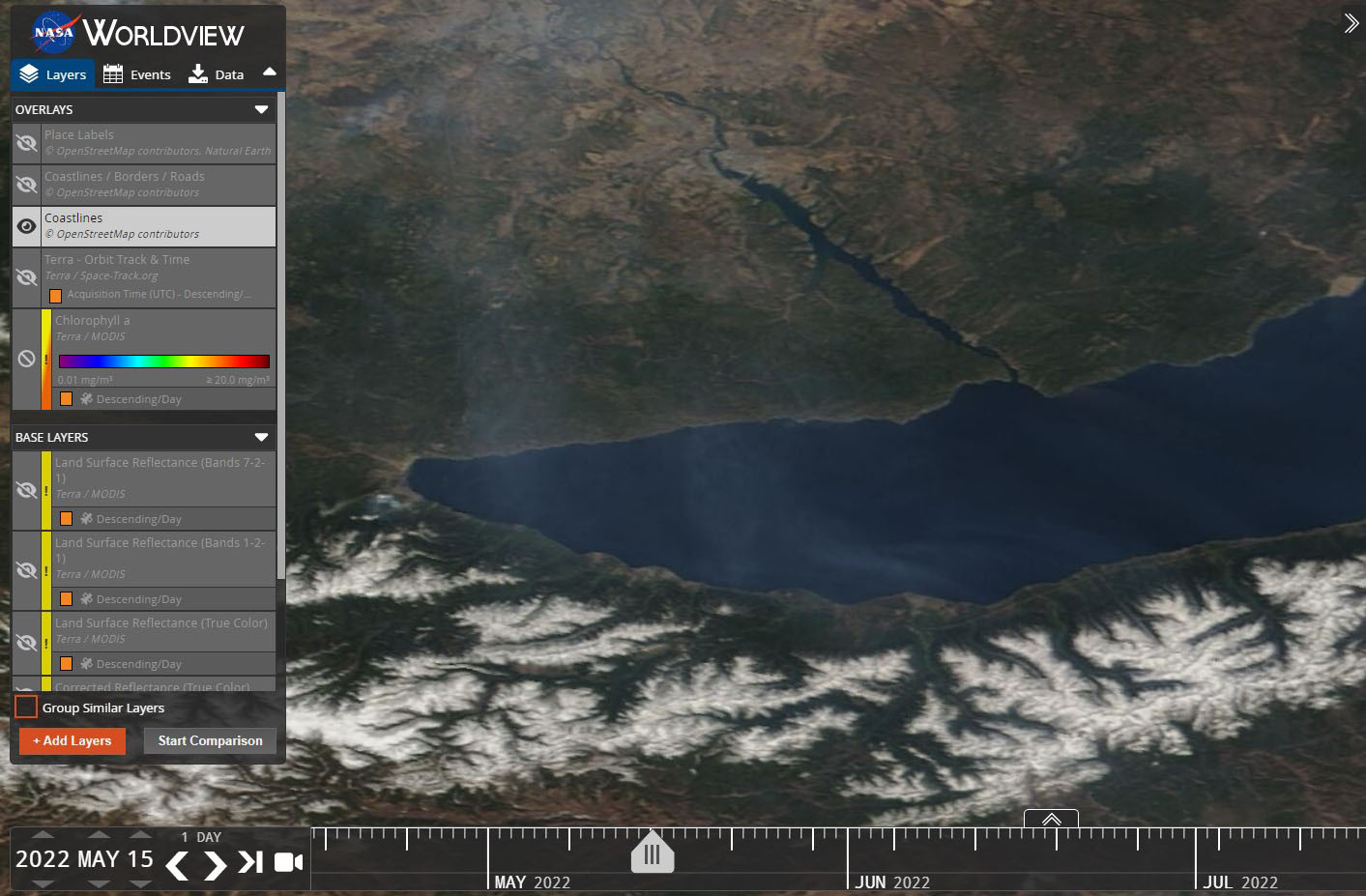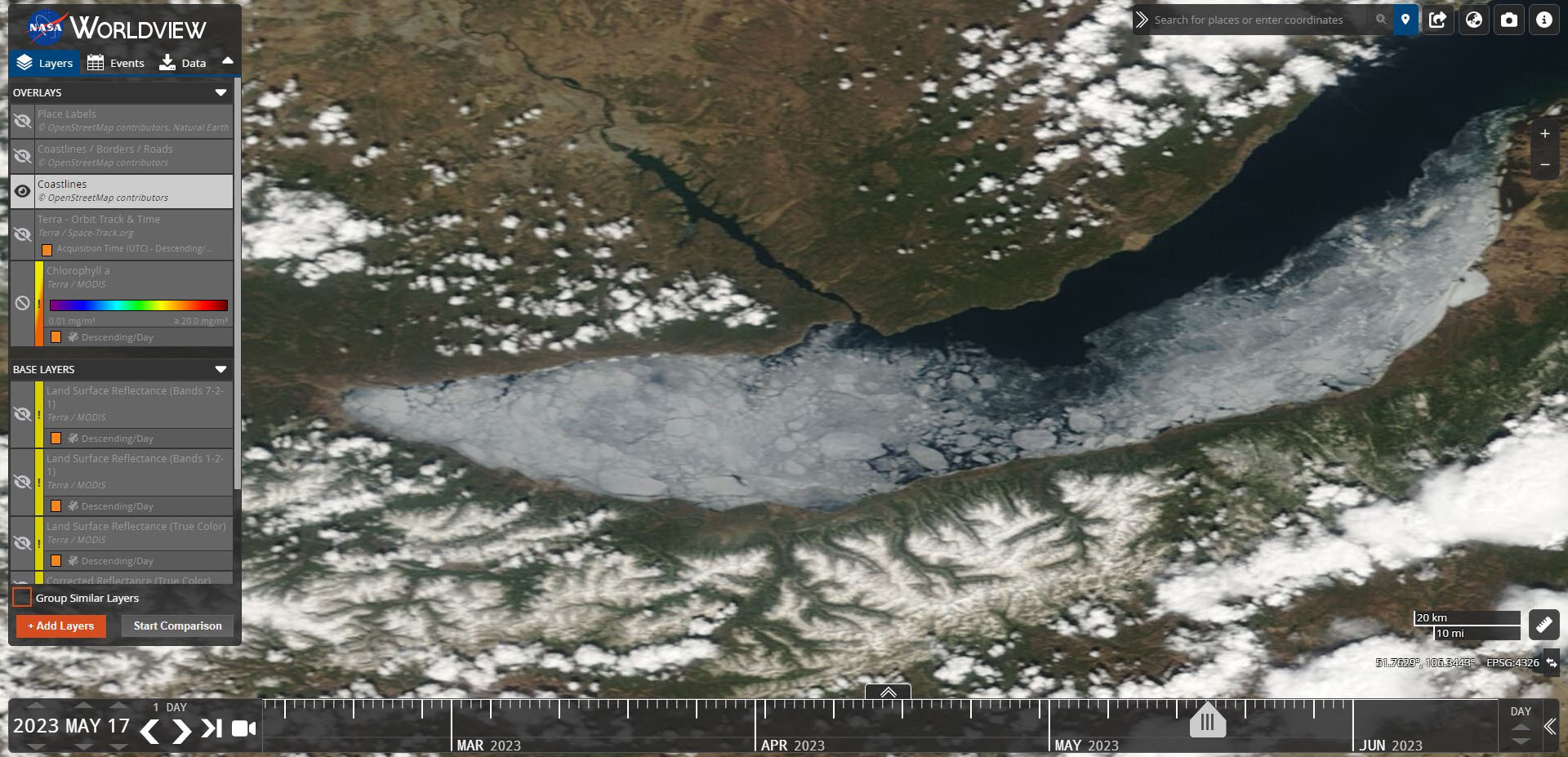Expedition to record the reproductive characteristics of the Baikal yellowfin sculpin Cottocomephorus growingkii
From May 28 to 31, 2023, a research expedition was carried out on board R/V "Papanin" to study the reproduction characteristics of spawning stocks of the Baikal yellowfin sculpin Cottocomephorus grewingkii (Dybowski, 1874) in the conditions of ecological crisis in shallow waters of Southern Baikal.
The expeditionary works were carried out within the State assignment “Study of the impact of seasonal and long-term fluctuations in the level of Baikal on the biotic and abiotic compounds of the littoral zone of the lake and mixing zones of river and lake waters” (project № 0279-2021-0016) (led by A. Fedotov).
Comparative data were obtained on the density distribution of clutches of eggs of a May spawning stock of C. grewingkii in anthropogenic-loaded zones of Southern Baikal in the areas of Kultuk, Sliudyanka, Sukhoi Ruchei. A total of 10 profiles were worked out.
Material (30 specimens of males and 50 clutches of eggs) was collected for further microsatellite analysis to determine the population structure of the Baikal yellowfin sculpin.
The expedition revealed differences in the timing of mass approach and spawning of a May stock of yellowfin sculpin of this season with previous years. Mass spawning of a May stock of yellowfin sculpin happens more often in the first decade of May. However, on 28-30 May 2023, more than 50% of C. grewingkii males were in nests without clutches of eggs in the spawning sites, and unspent females also were in the studied zones. This indicates that mass spawning has not yet occurred. The maximum number of clutches of eggs was recorded within depths of 0.4 to 1.5 m.
Observations during the storm on 30 May (prolonged northwest wind for 24 hours, churning of water up to 1.5 m) showed that nests and clutches in them in the near-shore zone were seriously destroyed. It should be noted that such prolonged storms at this time of year are quite a rare phenomenon in Baikal. Even taking into account the factor of destruction of clutches due to the storm, the numbers of nests and clutches this year were higher than previous years.
This year the shifts in spawning time of yellowfin and active migrations of omul may be caused by the prolonged period of ice melting in Southern Baikal.





